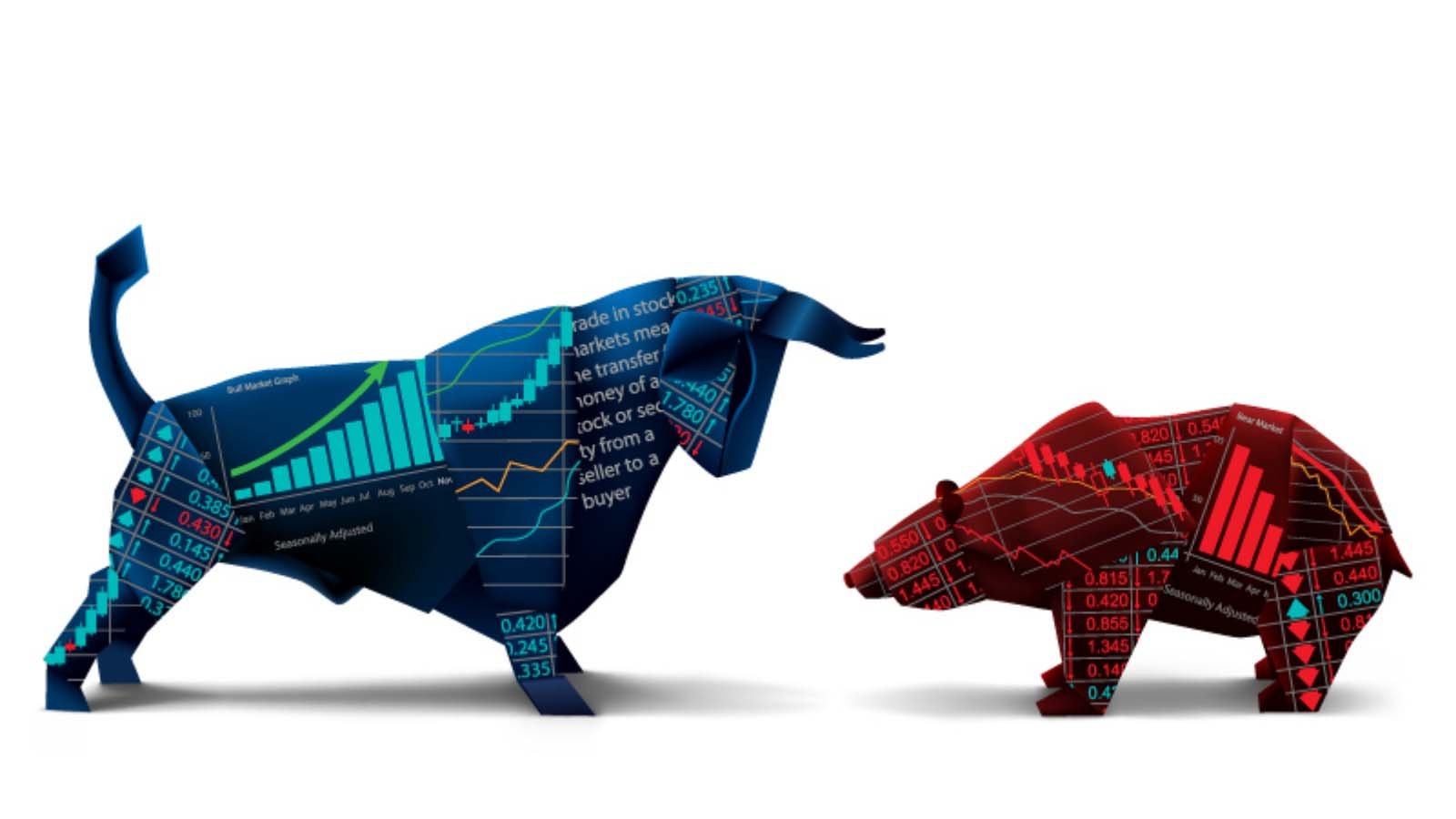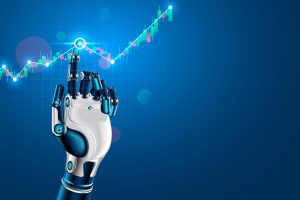
Luke sees falling inflation and easing treasury yields on the horizon … the S&P’s all-time-high is within throwing distance … why Louis believes the Fed is done hiking rates … what traders expect
If we go by market seasonality, get ready for a painful September. Historically, it’s the worst month of the year for returns.
But Luke Lango, editor of Innovation Investor, sees something very different on the way…
A September bullish blastoff.
From Luke:
Stocks are about to get a huge boost in September thanks to (last Thursday’s] inflation data.
The July Personal Consumption Expenditures report was released, and while it did show an increase in core inflation rates from 4.1% to 4.2% in July, the bump was exclusively due to “base effects” – or the fact that the comparable periods from a year ago had wildly different inflation rates, thereby impacting the year-over-year rates.
On a more accurate six-month rolling basis, the core inflation rate continued to drop in July to 3.4%.
On a three-month rolling basis, core inflation dropped to just 2.9%. Both are very, very close to the Fed’s 2% target.
We believe this data tees up stocks for a massive September surge.
Why Luke believes the clouds overhanging the August market selloff have lifted
From August 1st through about the middle of the month, the S&P fell nearly 5%. Driving that selloff were reinflation fears and surging treasury yields.
But Luke believes last Thursday’s PCE report shows that inflation fears are unwarranted. As he just noted, the uptick is largely a function of the base effect. And even if we include future base effects as we look ahead, Luke points out that the Cleveland Fed’s Nowcast model is calling for core inflation to drop again when August’s data come in, then again for September.
And what about surging treasury yields?
Back to Luke:
[Treasury yields] have come crashing lower over the past week as the economic and inflation data has come in consistently soft.
Most leading indicators suggest the data will remain pretty soft and that, by extension, yields will keep falling.
The spiking yields of August should turn into crashing yields in September.
Returning to the S&P and its 5% loss early in August, it was a different story in the second half of the month
As treasury yields fell and inflation fears eased, investors grew emboldened and bought the dip.
Below, you can see this bullishness led the S&P to recover much of those August declines. As I write Tuesday morning, the index sits just 5.6% below its all-time-high.

Luke believes this recent bullishness will continue here in September.
Here’s his bottom-line:
While we cannot predict the future, our better judgment based on the short-term data suggests that, as reinflation fears turn into disinflation hopes and spiking yields turn into falling yields, the August selloff will turn into a September surge.
While stocks did retreat about 5% throughout the first three weeks of August, they’ve come surging back…and now, the S&P 500 trades within striking distance of a new high.
Prepare for a new stock market rally.
Meanwhile, legendary investor Louis Navellier echoes Luke’s bullishness
His reasoning boils down to one thing – the Fed.
Let’s jump to Louis’ issue of Accelerated Profits last week:
Everyone wants to know if the Fed is finally done raising rates – and whether it will start to cut rates soon. Well, we might have received our answer [two weeks ago].
At the Kansas City Fed’s annual conference in Jackson Hole, Wyoming, Fed Chair Jerome Powell…said, “Although inflation had moved down from its peak … a welcome development … it remains too high.”
Powell added, “We are prepared to raise rates further if appropriate and intend to hold policy at a restrictive level until we are confident that inflation is moving substantially down toward our objective.”
Translated from Fedspeak, Powell does not plan to raise key interest rates further. Instead, Powell wants to wait for inflation to meander lower to the Fed’s 2% inflation target before cutting rates.
In my opinion, Powell’s speech was very dovish…
And I’m not alone; The Wall Street Journal recently had an article titled, “Despite What Powell Says, the Fed Is Likely Done.”
Louis goes on to write that as China exports its struggle with deflation to the U.S., it will further ease pricing pressures. He expects the annual rate of core inflation to fall below 2% this year. And that will encourage the Fed to begin cutting rates at the December Federal Open Market Committee (FOMC) meeting.
Here’s Louis’ market forecast looking all the way into 2024:
[Inflation that should fall to 2% this year] will not only allow the Fed to cut rates in December but also cut rates further in early 2024.
Then, as the presidential election approaches, the Fed will want to step out of the spotlight and not be part of the presidential debates.
So, the breadth and power of the stock market should improve as all the uncertainty surrounding the Fed finally shakes out.
Last Friday’s jobs report supports Louis’ prediction that the Fed is done hiking rates
The Fed is finally getting what it wants – a slower economy. This increases the possibility that we’ve seen the final rate hike.
The latest data behind this came last Friday with the Labor Department’s August jobs report.
Here’s MarketWatch:
Friday’s official U.S. jobs report for August gave traders and Federal Reserve policy makers just about everything they could have hoped for — reducing the market-implied likelihood of further 2023 rate hikes and producing a less deeply-negative Treasury curve.
Though the headline number of job gains came in at a higher-than-expected 187,000, the report contained enough offsetting factors to support the case that the labor market is slowing by just enough to avoid tipping the economy into a contraction.
Digging into the numbers, the unemployment rate jumped from 3.5% to 3.8%. While rising unemployment isn’t good news for American workers, it’s what the Fed wants to see.
The same “bad news/good news” dynamic is playing out with the average hourly earnings number. It climbed at a monthly pace of just 0.2%, or 4.3% annually. That’s below July’s numbers of 0.4% and 4.4%, respectively. This takes pressure off wage inflation – also one of the Fed’s objectives.
In terms of overall job openings, the number fell below 9 million for the first time since March of 2021 while the rate of people quitting receded to pre-pandemic levels.
Coming full circle to the top of today’s Digest, what if September lives up to its bad reputation?
How painful might that be from a historical perspective?
Here’s Louis with the data:
[September] is the weakest month of the year, with the S&P 500 declining an average 1.1% in September since 1928.
The Wall Street Journal reports that the S&P 500 has posted gains less than 45% of the time in September.
Given these numbers, it’s wise to maintain tempered expectations as we begin the month even as we hope for a more bullish outcome. But if we do see a soft market, remember Luke’s and Louis’ broader takeaway…
With falling inflation, dropping treasury yields, and a Fed that’s finally getting the results it wants, we’re closer than ever to a resurgence of market strength.
Have a good evening,
Jeff Remsburg




